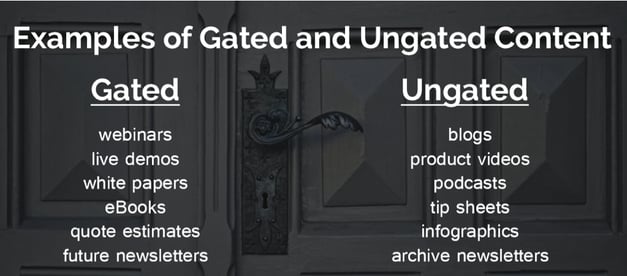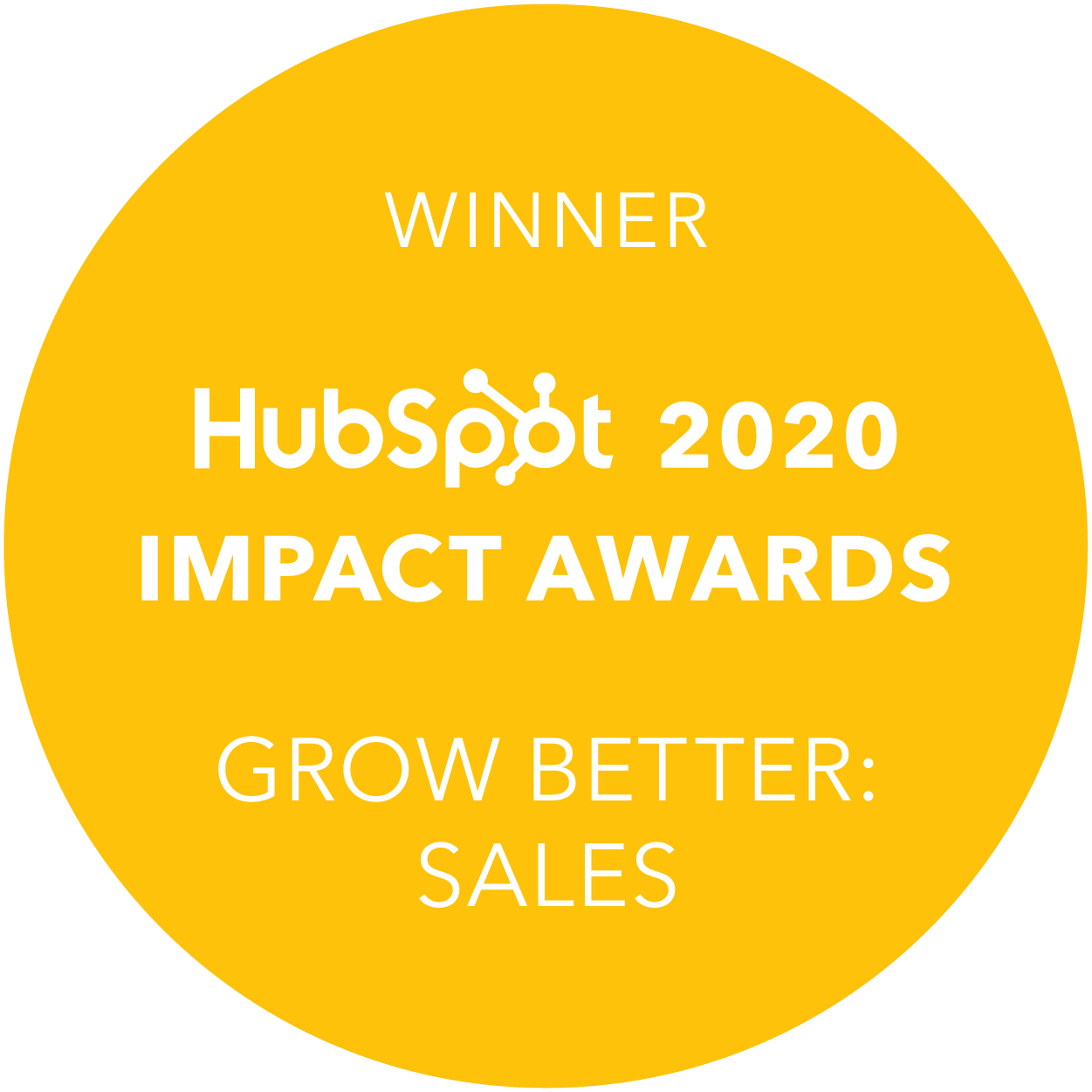We marketers like rules. If X then Y is our bread and butter. Whether setting up marketing workflows or segmenting contacts in a CRM, we rely on golden rules to guide our decisions at every stage of the customer journey. It’s why there exists so many benchmarking reports, how-to articles, and definitive lists (and it’s probably the reason you’ve arrived on this blog…)
Yet, when it comes to those more nuanced questions, like, “Should I gate or ungate my B2B content?” it can be hard to find the best practice advice you’re looking for. This is because the answer depends on a number of variables: the value of the content you’re offering, how well it’s performing, how original the content is and the type of format you’re offering it in.
Although there isn’t a universal answer to this inbound marketing dilemma, there are a number of questions you can ask yourself that will help inform your decision. Let’s begin!
Is it highly valuable to your ideal buyers?

Customer data is the new currency of business and buyers are willing to exchange it for highly valuable content. However, getting buyers to fill out a form is not easy, especially when you consider the wealth of quality content online that is freely available online. Therefore, what you’re offering in exchange for a contact has to be extremely in-depth or offer a unique insight into a trending topic that your customers simply can’t get anywhere else.
Is the users’ personal details a fair price to pay for this piece of content?

Your goal with inbound marketing is to capture high-quality leads and nurture them through the customer journey, right? Not give away endless mouthwatering freebies. In that respect, you can imagine your landing page as the market-seller dishing out cocktail stick samples of irresistible cheese (to convert those who simply can’t resist) and the download being a delicious wedge of Farmhouse Cheddar. If the cheese (download) is good enough, people will pay a fair price for it. In that light, a whitepaper peppered with the latest insights, statistics and thought-leadership advice from leading authors in your field, for example, is going to be far more enticing than a generic SEO checklist that your buyers can access freely with a quick Google search. Know the worth of your content. If it’s highly sought-after by your ideal customers, gate it!
Is your gated content already performing well?

If there is one golden rule when it comes to gating your content it’s never ungate well-performing content. This is particularly true if the content is research-based or offers unique insights into a certain topic. If your gated content has a high-visit to leads, it’s working. Conversely, if your gated content is acting as a bottleneck or causing high bounce rates, you should either reduce the number of form fields or ungate the content completely.
Are you generating much traffic to your website?
One of the drawbacks of gating incredibly rich, comprehensive content that covers a broad topic is that it ceases to exist in the eyes of your customers. It also means that you’re missing out on the enormous SEO value that ungated, long-form content generates. Garrett Moon analyzed the first page rankings of 6 keywords. He found that the top 5 results averaged more than 2,000 words. Furthermore, HubSpot analyzed 6,000 articles and found 2000-word articles got both more backlinks and social shares. Therefore, it’s a big waste to hide long-form content from your buyers and search engines when you need to generate more traffic.
If you’ve got a highly informative whitepaper hiding behind a form that’s generating a low volume of traffic it’s time to turn that piece into a pillar page and start giving it the exposure it deserves. When you ungate content and let users and search engines read it in full without any strings attached you will be heavily rewarded by both. Search engines will index and rank your most in-depth informative content. This will increase traffic on your site, enhance your customer experience and reduce friction points.
How to optimize your gated content?

It doesn’t matter how brilliant your gated content is, a poorly designed landing page will struggle to convert leads. Search engines like Google will rank your landing page based on how well optimised it is. Therefore, if you do decide to gate content, it’s important that it works well across devices (laptop, tablet, smartphone). Opt for a single layout over the traditional side-by-side to avoid the page truncating on smaller sized devices.
The copy of your landing page will play a massive role in converting prospects, as will graphics and videos. Highlight the value your reader will gain from accessing the content in all visible content on the LP and use a strong CTA that tells the reader exactly what they’re signing up for. Be completely transparent with privacy and make it abundantly clear why you collect data and how you intend to use it. Ensure that you are complying with local Data Privacy laws, and if you are in Europe, ensure that you are complying with GDPR.
The more fields you have in your form the fewer leads you’re likely to convert. However, don’t be put off by this. Your focus should be to convert high-quality leads. Increasing the number of relevant fields helps you to filter out those that are only slightly interested and gives you a useful amount of information about your ideal buyers that you can then nurture. If the content is valuable enough buyers will be willing to share personal identifiers like name, email, persona and company. You can then use this information to personalise and segment content when you begin nurturing contacts.
Conclusion
To gate or ungate B2B content? There is no straightforward answer. It all depends on the value and type of your content you’re offering, how well it’s performing and the amount of traffic coming to your site. While ungating your content improves your website’s organic visibility and SEO, gating rich content that is highly sought-after will help you build your contact base with high-quality leads that you can nurture. These questions will help guide your decision.

.png?width=200&height=67&name=RevM%20Digital%20Marketing%20Agency%20Woking%20Surrey%20(1).png)






